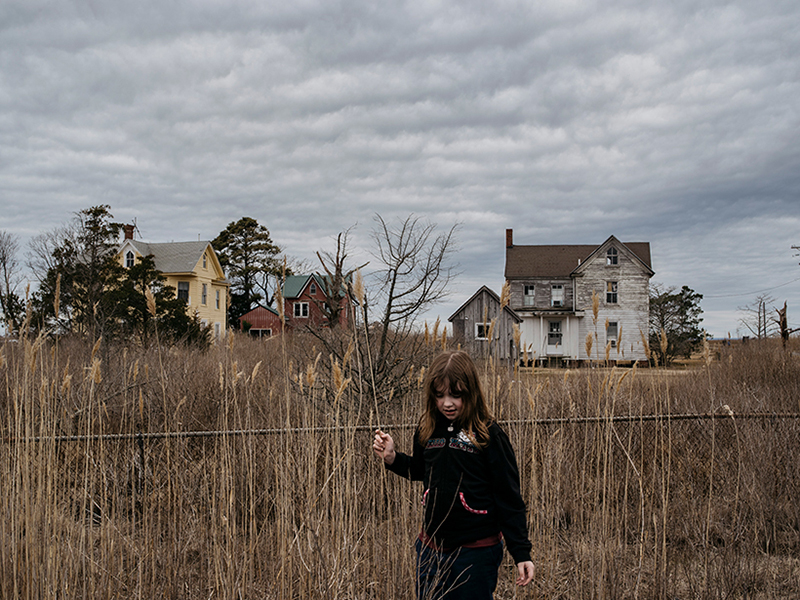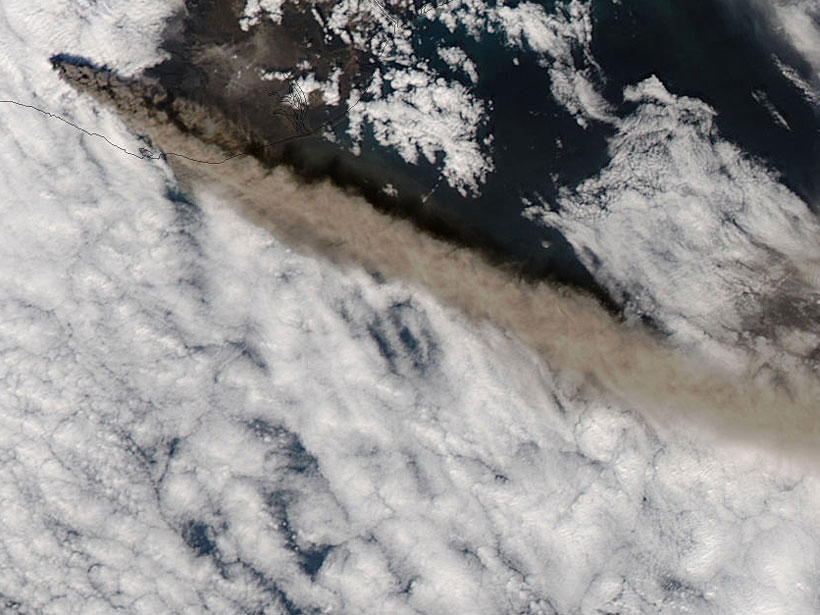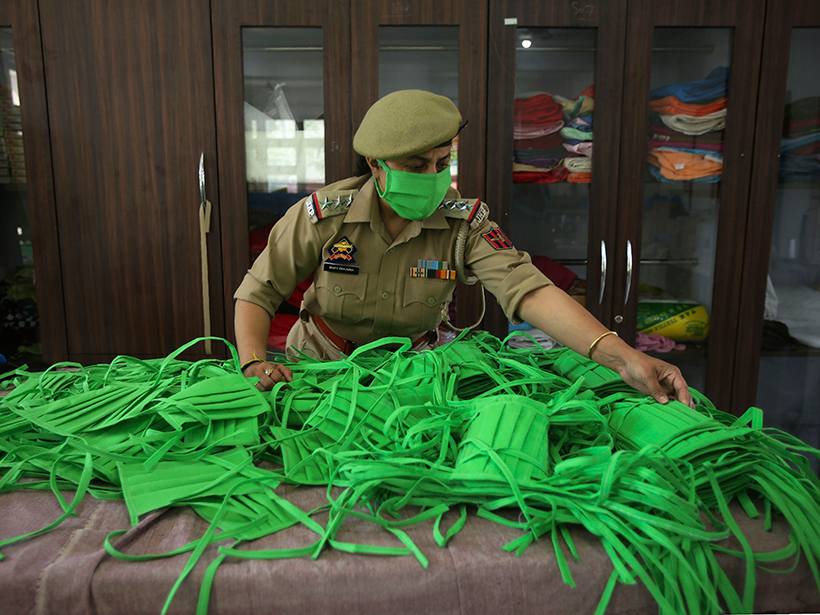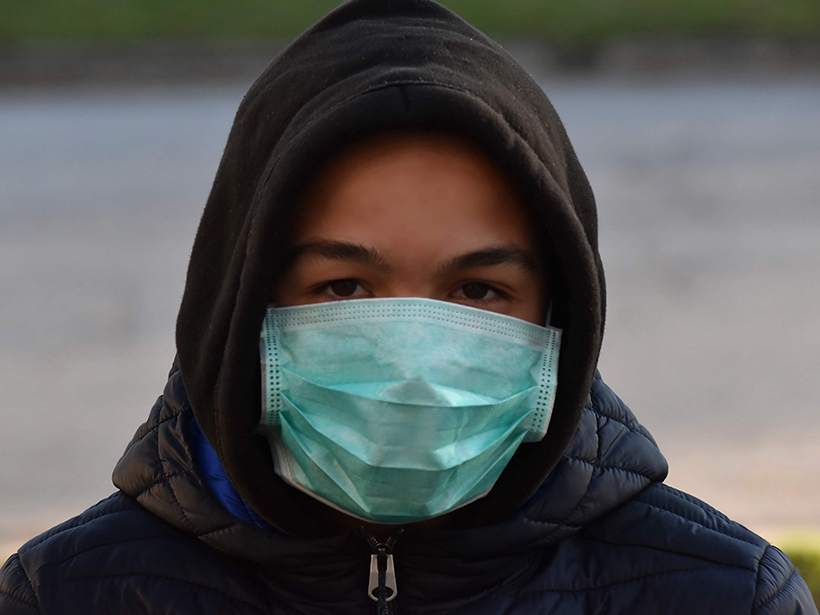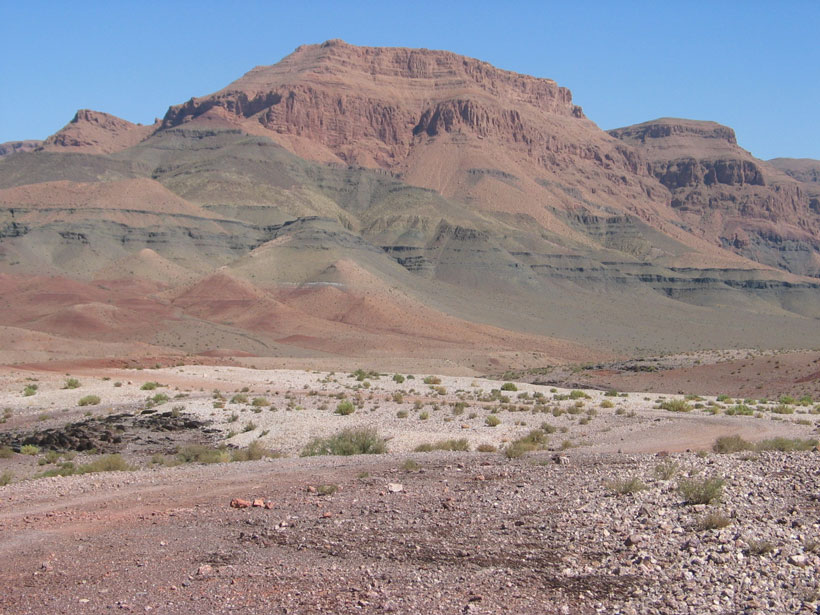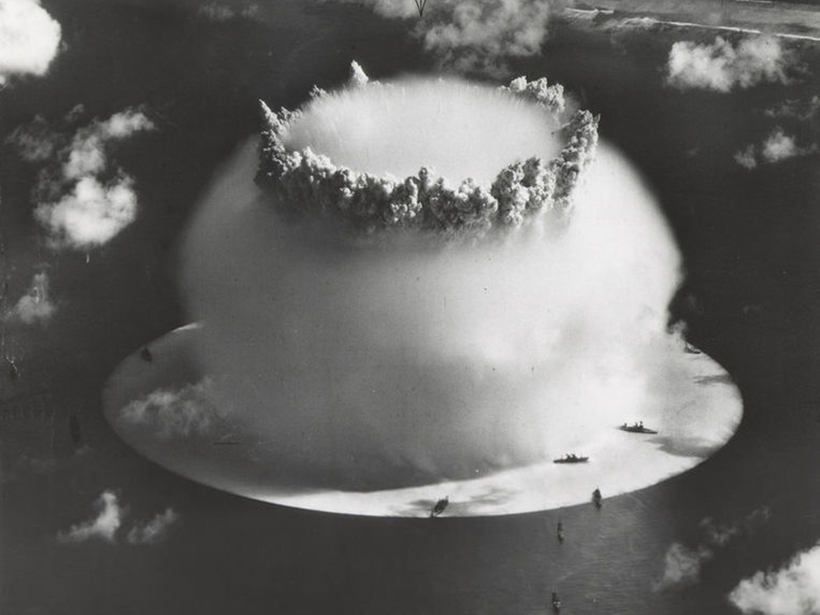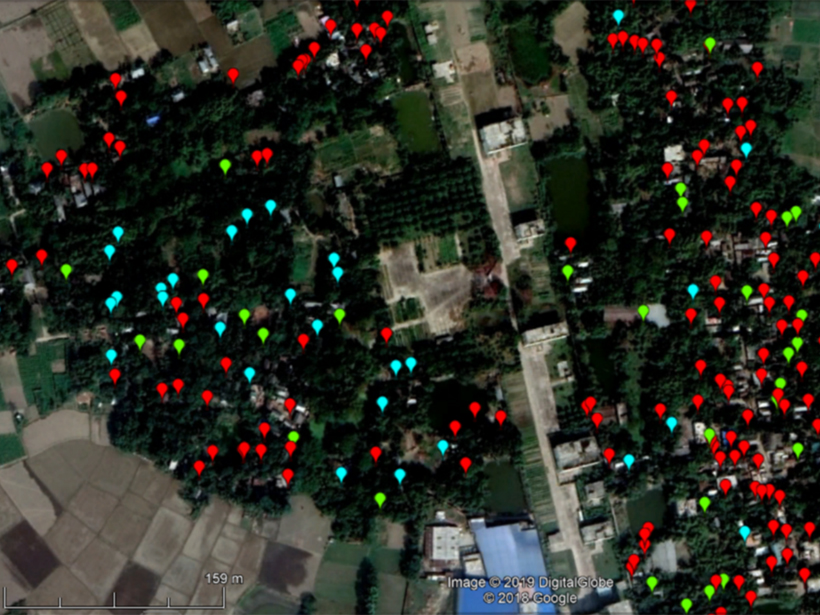A combination of relativistic particles and artificial intelligence may provide a new way to forecast when a volcano could erupt.
Hazards & Disasters
Photography Focuses on Sea Level Rise and Eroding Communities
Narratives from applicants for the Getty Images Climate Visuals Grants provided a unique insight into the reality of climate change. Both winners focused on the impact of sea level rise.
The Art of Volcanic Ash Modeling 10 Years After Eyjafjallajökull
The ash plumes from the eruption of the Icelandic volcano in 2010 disrupted air travel in Europe for several weeks. Since then, scientists have developed models to mitigate ash’s impacts.
Geohealth: Science’s First Responders
At the intersection of human health and the environment, the emerging field called geohealth can teach us how not to repeat mistakes made in past disasters.
Air Pollution Can Worsen the Death Rate from COVID-19
Scientists find that highly polluted counties in the United States will have a COVID-19 death rate 4.5 times higher than those with low pollution if they’re otherwise similar.
Coronavirus Lockdown Brings Clean Air to Spanish Cities
Measures against the spread of the new coronavirus have an unexpected side effect: record-low air pollution levels.
Atmospheric Scientists Show Resilience in the Face of Lockdowns
As businesses, schools, and entire cities shut down to prevent the spread of the coronavirus, scientists have been forced to adapt to radically altered working conditions and data collection techniques.
How Modern Emissions Compare to Ancient, Extinction-Level Events
Researchers find that a pulse of volcanic activity spanning several hundred years released as much carbon dioxide into the atmosphere as anthropogenic emissions projections for the 21st century.
Podcast: Paradise Lost
Nuclear bomb tests conducted during the Cold War turned an idyllic tropical isle into a radioactive ship graveyard.
Fresh Approaches to Protecting Human Health from Pollution
New low-cost monitoring and mapping techniques can identify multiple pollution sources and reduce related human disease and death.


